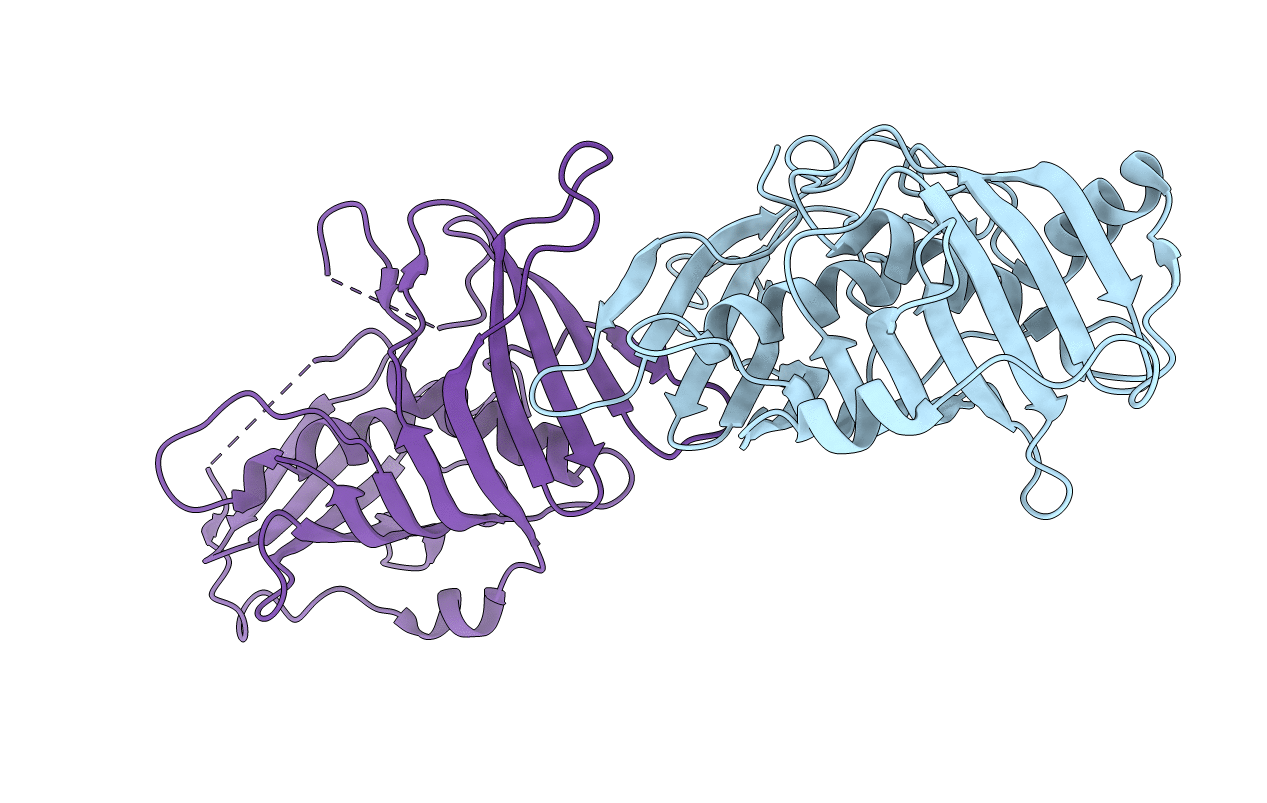
Deposition Date
2021-11-10
Release Date
2022-06-08
Last Version Date
2024-05-29
Entry Detail
Biological Source:
Source Organism:
Streptomyces viridochromogenes Tue57 (Taxon ID: 1160705)
Host Organism:
Method Details:
Experimental Method:
Resolution:
2.00 Å
R-Value Free:
0.25
R-Value Work:
0.20
R-Value Observed:
0.20
Space Group:
P 1 21 1


